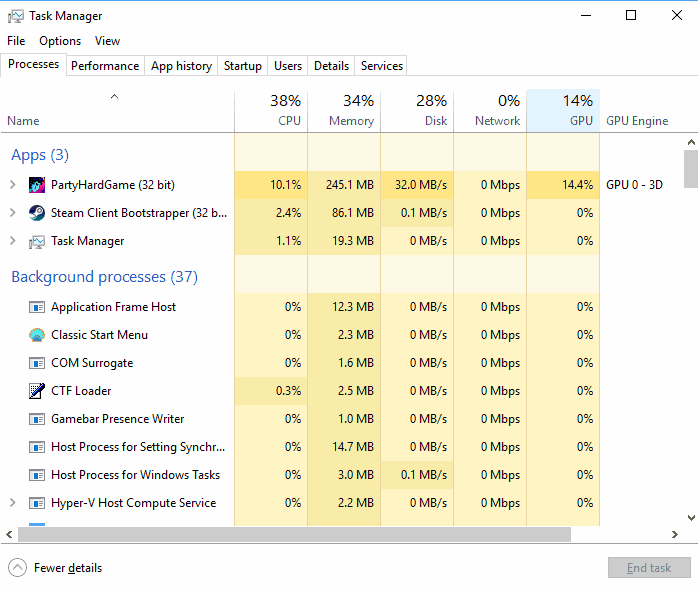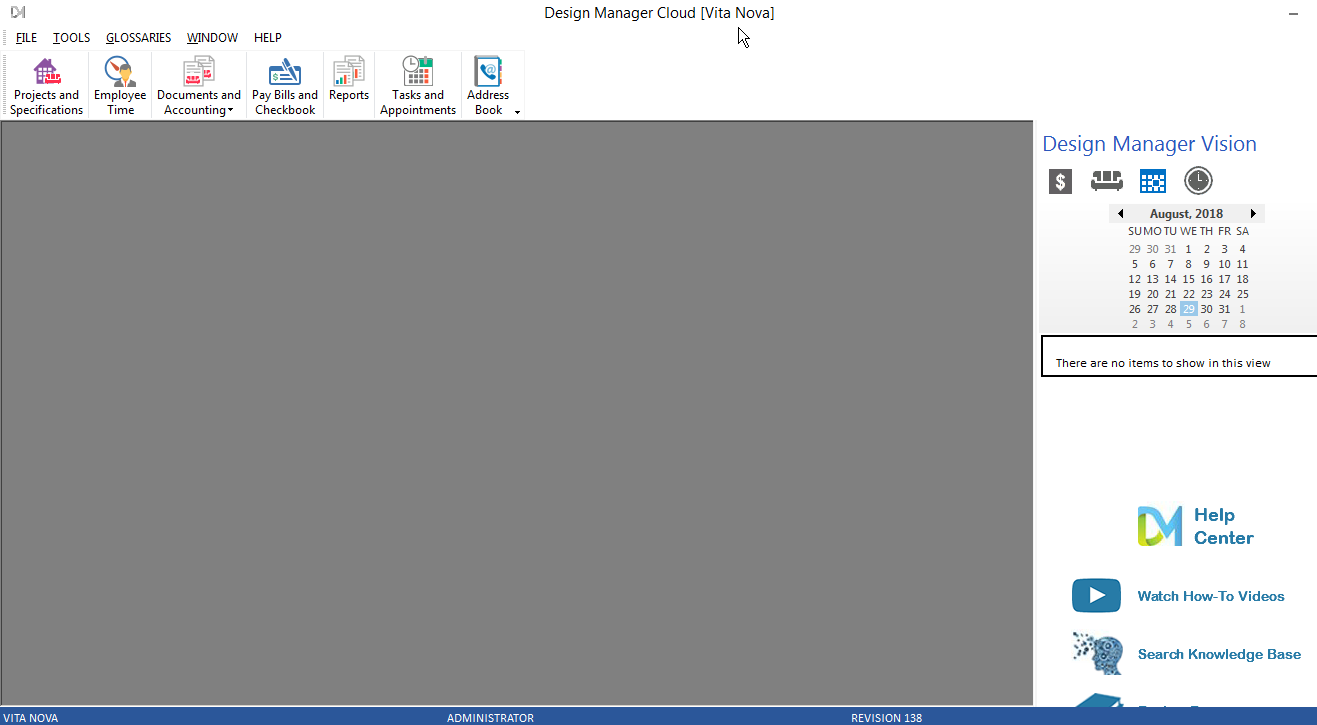


Click and hold on the desktop you want to move and drag it to its new position.Ĭhange the order of your desktops by using click-and-drag.You may want to change the order of the desktops in order to make it easier to remember which to use when. Click on the name of the desktop you want to change.Īfter selecting the “Task view” icon, you can change the name of your desktops.Click on or hover over the “Task view” icon.You can change that easily by giving each desktop a name. Your desktops will be automatically assigned the rather boring titles of “Desktop 1,” “Desktop 2,” etc. The Background page lets you use a preset background image or upload your own. You can then browse your photos for your choice of image(s) to use and decide the type of fit you want for your image (for example, you can tile or stretch image). This will bring you to the Personalization > Background page, where you can choose either an image for your background, a solid color, or arrange for a slideshow. Right click on the desktop you want to change.Īfter clicking on the “Task view” icon in the taskbar, right-click on a desktop thumbnail to change its background.Click on the “Task view” icon in the taskbar.You can have a different background for each virtual desktop. With Windows 11, you can now personalize your desktops, making it easier to dedicate each one to a separate function. Hover over the virtual desktop you want to remove and click the “X” in the upper right corner.Hover over or click the “Task view”icon.(You can also move around by using the familiar Alt-Tab key combination, which will take you to all the apps in one desktop and then to the apps in the next.) Move from one desktop to the other by clicking the “Task view” icon.

You can now place different apps in your separate desktops. You can also use key combination Win+Ctrl+D in that case, you’ll immediately find yourself in your new desktop. Hover over or click on the “Task view” icon in your taskbar (it’s the one that looks like one square superimposed on another).Īfter clicking the “Task view” icon, you can create a new desktop.Note that some of these were actually introduced in Windows 10, but together with the new features of Windows 11, they make a handy toolbox. And there are a number of other features that make the use of virtual desktops easy and efficient. Now, you can also have a different wallpaper for each desktop, making it easier to distinguish one from another (and offering you a different mood, depending on what you’re using it for). However, in Windows 11, there has been an upgrade. In Windows 10, it was a simple matter to create a separate desktop so that, for example, you could have one desktop for one project and a second for another, or one for your work and a second for your personal apps.


 0 kommentar(er)
0 kommentar(er)
